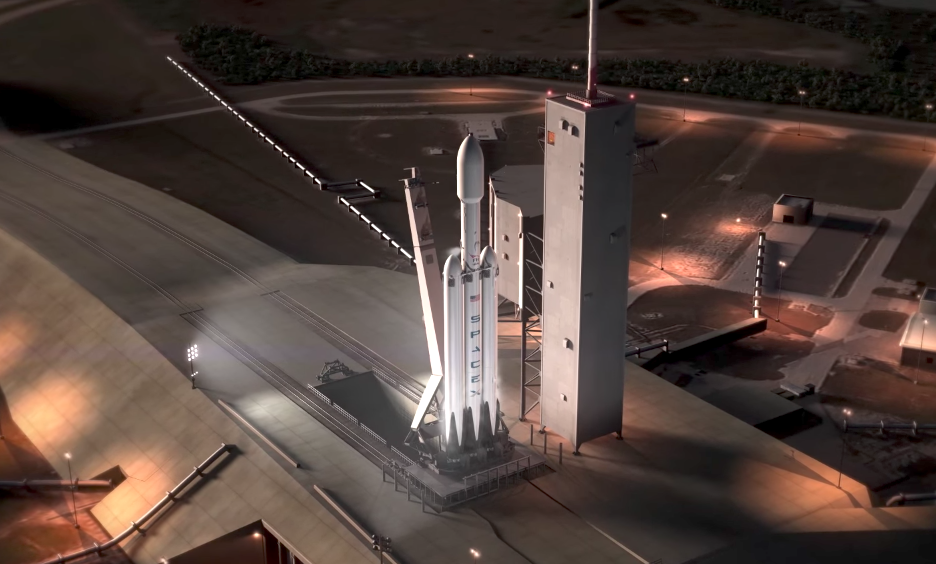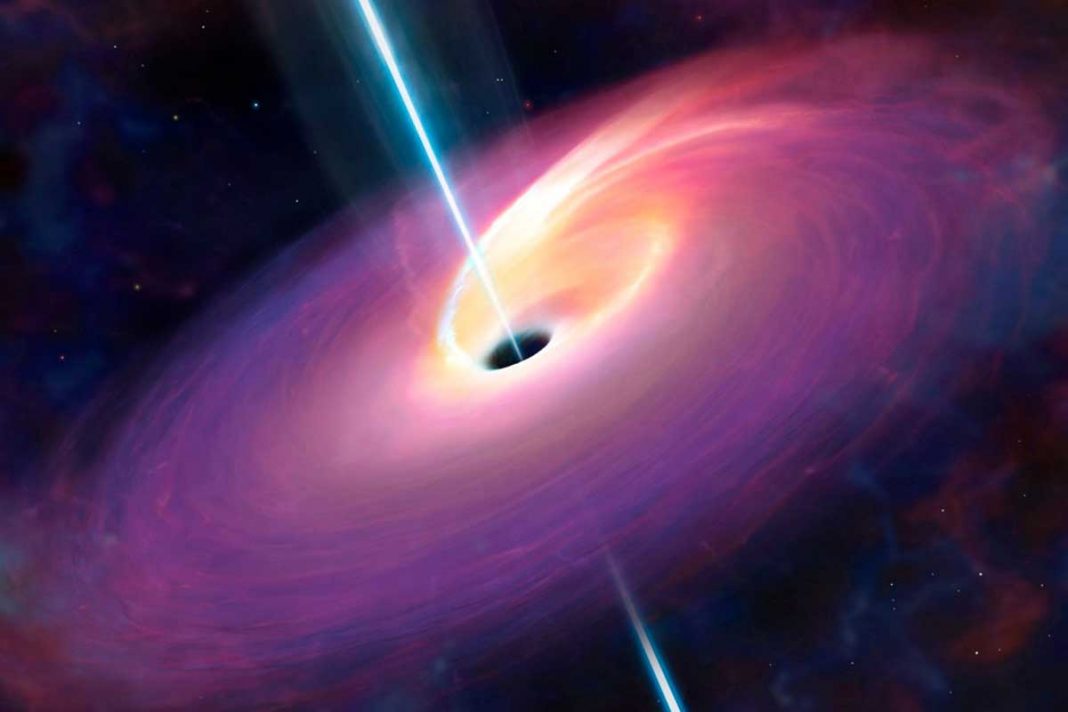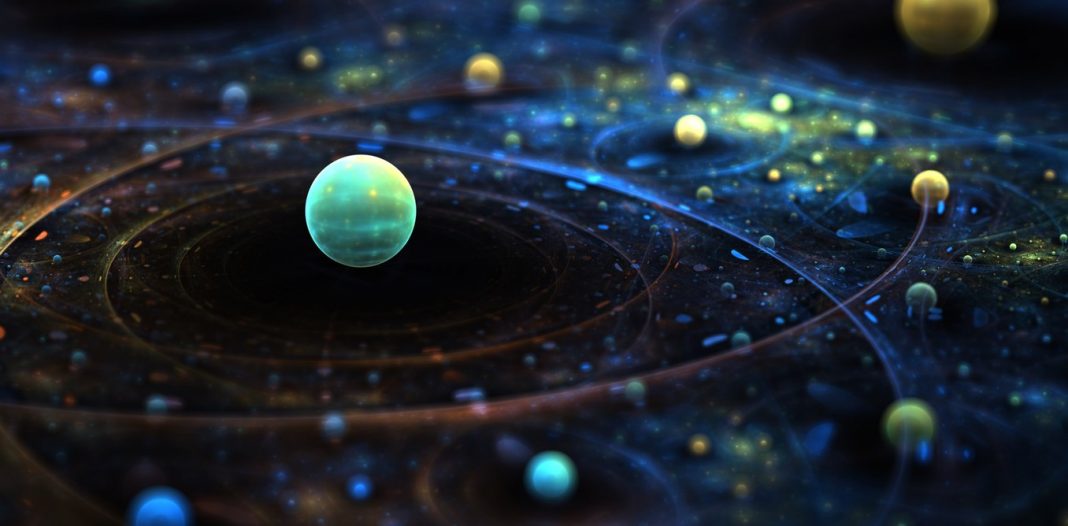In early June, Elon Musk announced, via Twitter, that his company, Space X, could be ready to launch their new, large rocket, Falcon Heavy, as early as September 2017. As exciting as that news is, Musk has missed his own deadlines in the past, but if his estimation is correct this time, then it will be the first launch of the rocket since a launchpad explosion in September 2016.
The Falcon Heavy rocket is an upgrade of Space X’s earlier Falcon 9 rockets. Standing 230 feet tall, the Falcon Heavy is three times more powerful than the Falcon 9. When launched, it will use 27 rocket engines, creating 5 million pounds of thrust. It’s enough power to fuel Space X’s goal to privately fund a mission to the moon by December 2018.
In fact, the Falcon Heavy’s thrust is enough to launch 199,000 pounds into orbit, one-third of what NASA’s Saturn V rocket could tote, and enough to carry a spaceship, 2 astronauts, and enough gear for a trip to the moon. If all goes according to plan, a successful launch would be a massive boon in spaceflight advancement.
A Reusable Giant
In addition to being massively powerful, the Falcon Heavy is meant to be mostly reusable, vastly cutting the overall costs of space launches, another one of Elon Musk’s goals.
To achieve this aim, Falcon Heavy will not be launching alone. Two previously used Falcon 9 rockets will be attached to the powerful central rocket. Later, these rockets will detach and land at Cape Canaveral, to be prepped and reused for another mission.
After, the Heavy Falcon will continue to fly until the core to detaches from an upper-stage rocket. The upper-stage rocket will continue to push its package into orbit. However, the core falls back to Earth, this time landing on a drone ship on the Atlantic Ocean where it will be recovered, refurbished and also reused. Traditionally rocket parts return to Earth as debris but Space X is the first to reuse these parts and have already had a successful launch, back in March, reusing a Falcon 9 booster.
Still, despite previous success, Elon Musk is not unaware of the risk associated with each launch. “We will probably fly something really silly on Falcon Heavy because it is quite a high-risk mission,” Musk said in March He did not elaborate on what may be the Falcon Heavy’s ‘silly’ payload but Space X has put a large wheel of cheese into space before.
More News to Read
- No Time For Visiting Art Galleries? Google Here to Help!!
- Imagining A Dying Milky Way, How Death Of The Milky Way Look Like?
- Another Breakthrough for Cancer Detection in the Form of Liquid Biopsies
- Breakthrough for Scientists Comes in the Form of Another Gravitational Wave
- Is it Possible to See the Edge of the Universe?











